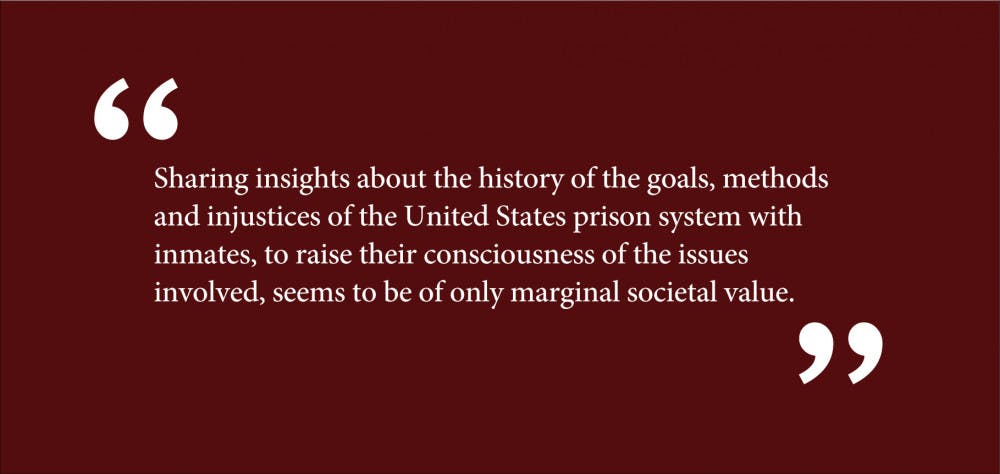To the Editor:
A simple online search reveals that Jeremy Pontbriant, author of a recent Herald op-ed, and the subject of another, is incarcerated until at least 2030 for murder. What seems lacking in his Herald piece is any priority given to an expression of remorse and concern for his hapless young victim — Dawn Alves, age 24, who, like Pontbriant, worked at a grocery store — and her family. In his piece, Pontbriant decries “mass incarceration,” which might lead the reader to believe that he himself was guilty of a victimless drug crime or other non-violent offense, since that term is sometimes used to indicate the possibly excessive use of incarceration as punishment for such crimes. He does acknowledge being convicted of a “serious crime,” although he doesn’t mention that his was a particularly violent and heinous crime, in which he murdered a woman by blunt trauma to her head. He writes of his desire to be seen now as worthy and able to be redeemed, and that he is enthusiastic about learning and about participating in the Brown prison educational outreach program.
The combination of the violent nature of Pontbriant’s crime, his lack of prominent expressions in his piece of any ongoing struggle with remorse and regret over the pain he caused his victim and her family and his possible attempt to subsume his own imprisonment under the politically facile label of “mass incarceration” in the United States raises questions about his worthiness to be a participant in the Brown prison outreach program. The value to society of finishing high school education with a GED for any inmate without these basic educational credentials is obvious. For those prisoners whose post-incarceration educational and employment potential includes college-level coursework, there is potential benefit to making available online learning or possibly face-to-face classroom instruction. From a societal standpoint, the main rationale for all such education is to reduce recidivism and to encourage socially compliant behavior and economic independence after prison discharge. But the Brown History Education Initiative’s resources do not quite accomplish this goal. Sharing insights about the history of the goals, methods and injustices of the United States prison system with inmates, to raise their consciousness of the issues involved, seems to be of only marginal societal value.
I would suggest that the Brown faculty and students involved in this well-meaning project give greater consideration of these factors in choosing whom they enroll in their program. I would also encourage a corresponding effort to aid the victims of these imprisoned criminals and the victims’ families to move past the pain and suffering to which the inmate subjected them. These victims and families might benefit from efforts to improve their own educational achievement, with resulting improvements to economic and social outcomes.
Preston Calvert ’76, MD ’79



